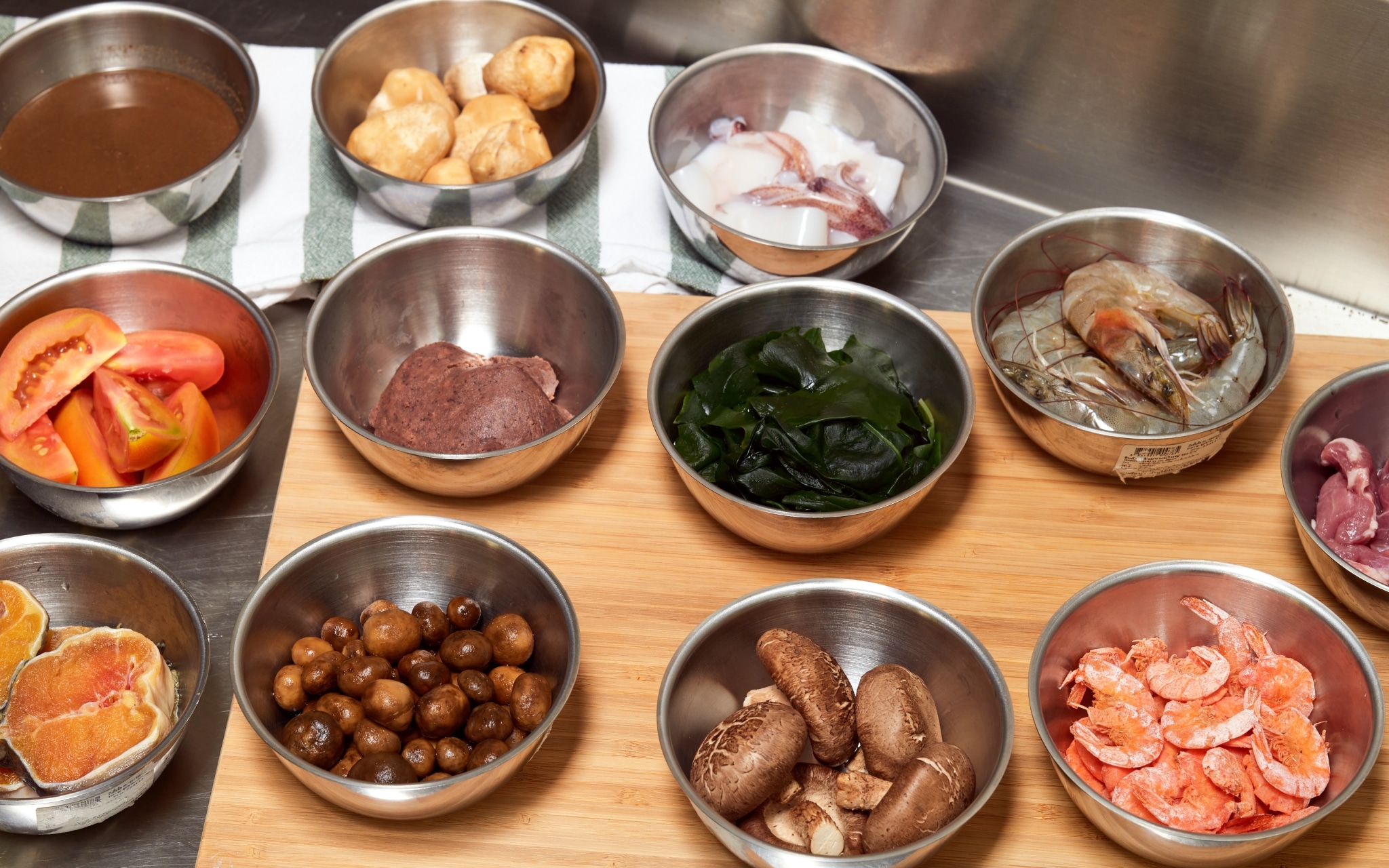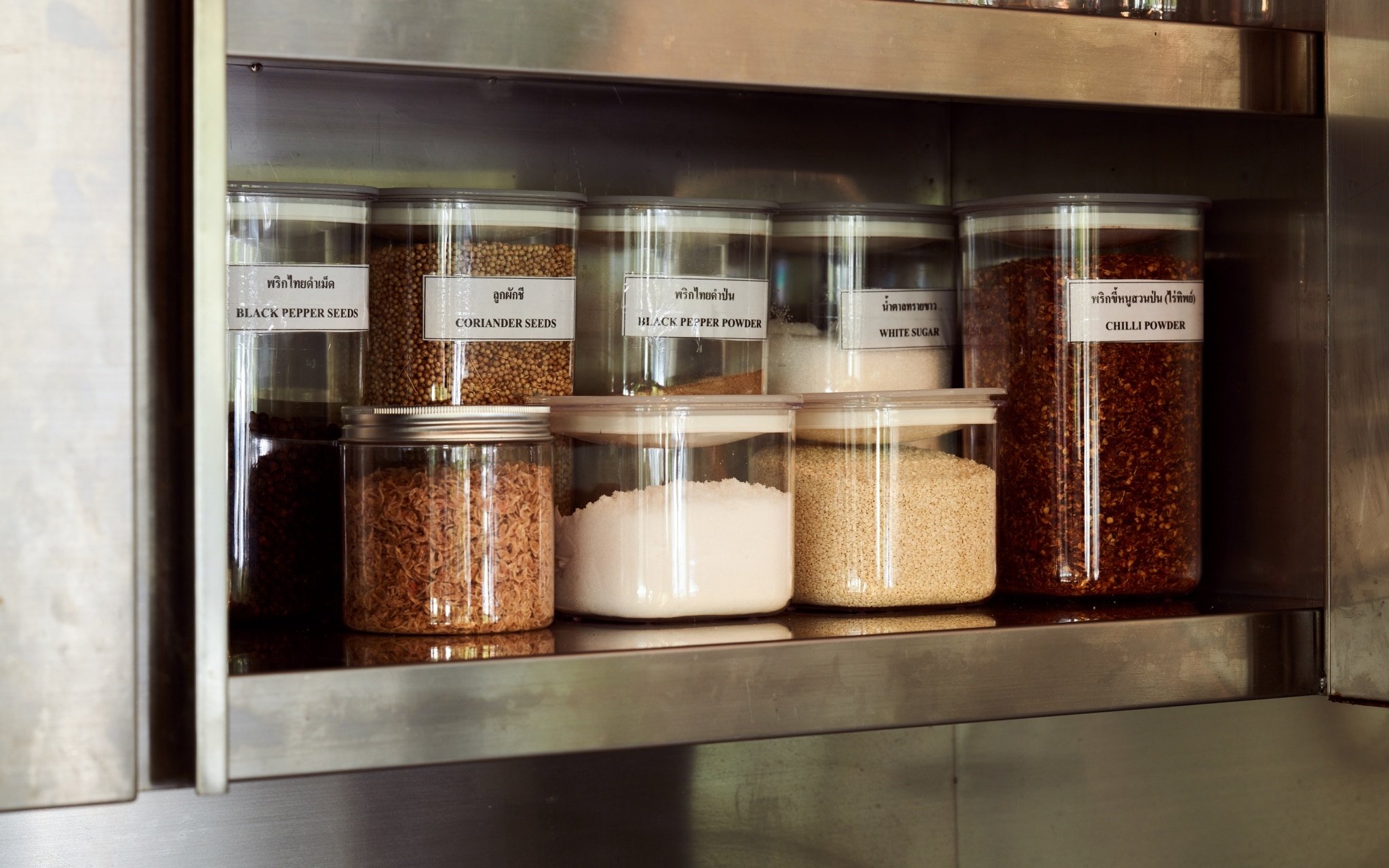Aside from sweet, sour, salty, and bitter, one of the universally recognized five basic tastes is “umami”— savoriness that pleases the taste buds in marvelous way. In Asian food cultures, including Thai, the taste is often linked to “monosodium glutamate” (MSG), the secret behind deliciousness at various restaurants.
Many of Thai favorites like Som Tum (Thai green papaya salad), Larb (spicy minced meat salad), or Thai-style soups might contain MSG as a flavor enhancer. Undoubtedly, the pleasant taste keeps people coming back for more, even though it is widely believed that MSG could be harmful to health. How can one resist the temptation to savor those dishes when they make people happy?
Nevertheless, recent studies have shown that MSG is not much of a health threat that we should be scared of it, but its impact on each individual varies—some may feel thirstier than usual after consuming foods with MSG, while others may even have symptoms of allergies. It is, therefore, essential to have MSG-free options available in the market, but it doesn’t necessarily mean that a dish cannot be as tasty without the substance. Once we get to know more about the umami flavor enhancer, we will be surprised that a number of natural ingredients give the same kind of savory taste as MSG to the cuisine, as they actually share the same root.
Discovery of “umami” to becoming MSG
In the early 20th century, Japanese chemist Dr. Kikunae Ikeda noticed that apart from sour, sweet, salty, and bitter, there is also a pleasurable taste with complex balance that is difficult to put into words. He discovered the taste as he appreciated kombu dashi soup, of which the heavenly taste was derived from seaweed. Later on, he studied more on this umami experience and it would become the fifth basic taste that is accepted universally.
The umami taste is not just a delight to the tongue, but it also comes with health benefit—it is an indicator that we are taking in nutrients that are vital to the body, as the taste is usually found in foods that are high in protein. In protein structure, there is an amino acid that creates umami-ness called “glutamate”, and through some kind of procedures, it can be turned into monosodium glutamate, the popular flavor-enhancing additive.
So, what is “MSG” exactly?
Monosodium glutamate (MSG) is produced by fermentation of starch or other plant-based ingredients for glutamic acid, and its sodium salt will be extracted into the powdery enhancer of umami taste, so it can be conveniently used and stored. The structure of the monosodium glutamate is, however, not at all differs from the natural glutamate found in foods.
Glutamate is a neurotransmitter that is naturally present in human body. Accordingly, overconsumption of MSG can overstimulate nerve cells. That is why some people may feel uncomfortable when taking an amount of MSG-containing foods in.
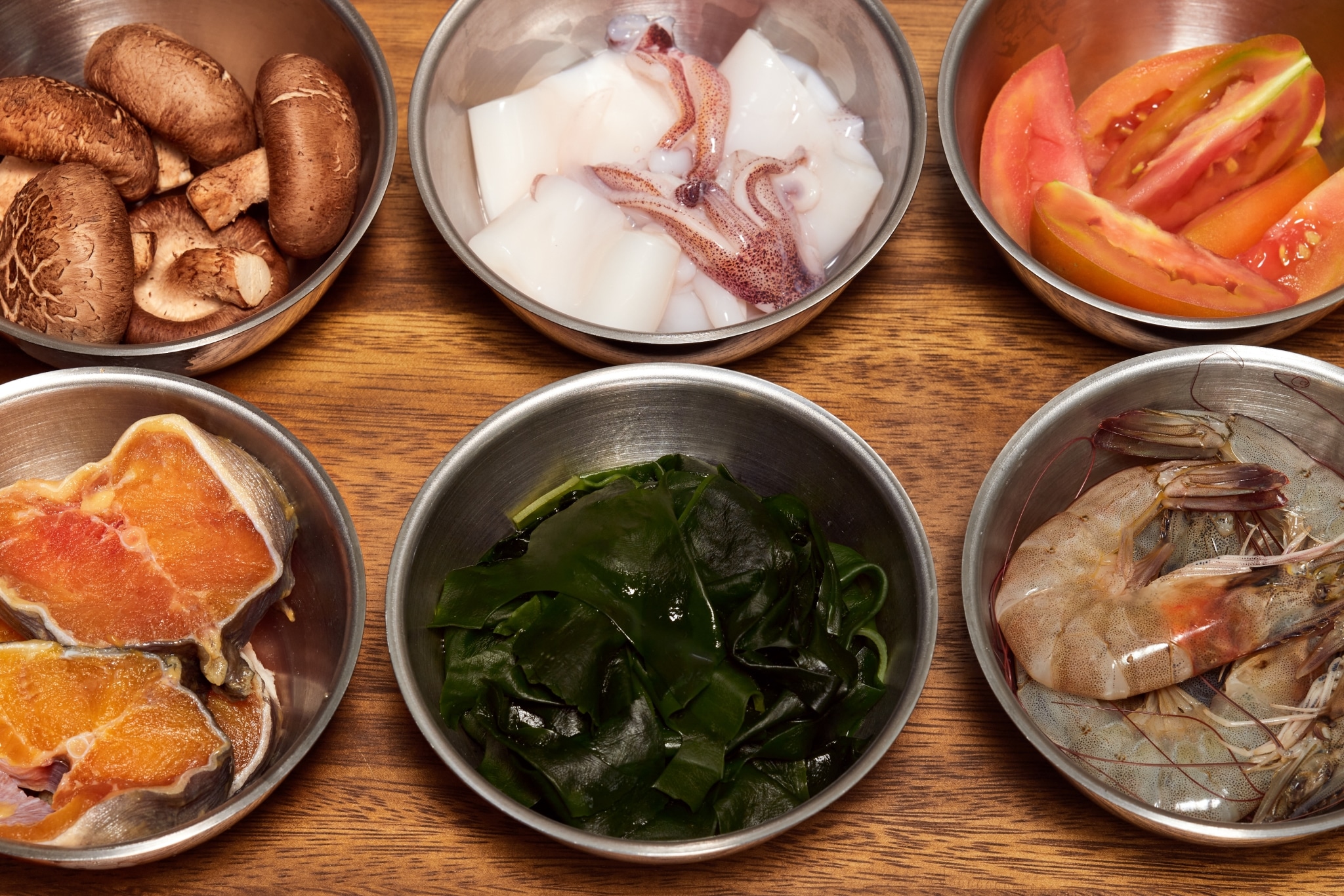
Umami-rich natural ingredients
Prior to the emergence of MSG, the pleasant savory taste could be found in foods with natural ingredients. Certain cooking methods can bring out the best of umami taste of each ingredient. Therefore, it is completely possible to create a dish bursting with umami flavors without any MSG added.
- Here are some of the natural ingredients with umami taste:
- Seaweed – Low in calorie, rich in nutrients—seaweed is filled with glutamic acid to enhance the pleasant taste. It is the heart of kombu dashi, one of the delectable cornerstones of Japanese cooking.
- Tomato – Its well-balanced flavors of sweetness and sourness with a hint of saltiness is indeed the natural umami. The more it ripens, the tastier it gets. Plus, it is fantastically healthy.
- Seafood – There’s no doubt that seafood is loved by most people, as it is full of savory elements. Additionally, it is often simmered in a broth to create appetizing complexity.
- Meat – This excellent source of protein is abundant with amino acids that produce umami.
- Mushroom – Even though mushroom is perceived to be almost tasteless, but it actually an umami bomb in disguise, so it is a superb flavor enhancer.
- Green tea – The aromatic drink imparts uniquely alluring flavors even without any sweetener, as it contains plenty of natural glutamate.
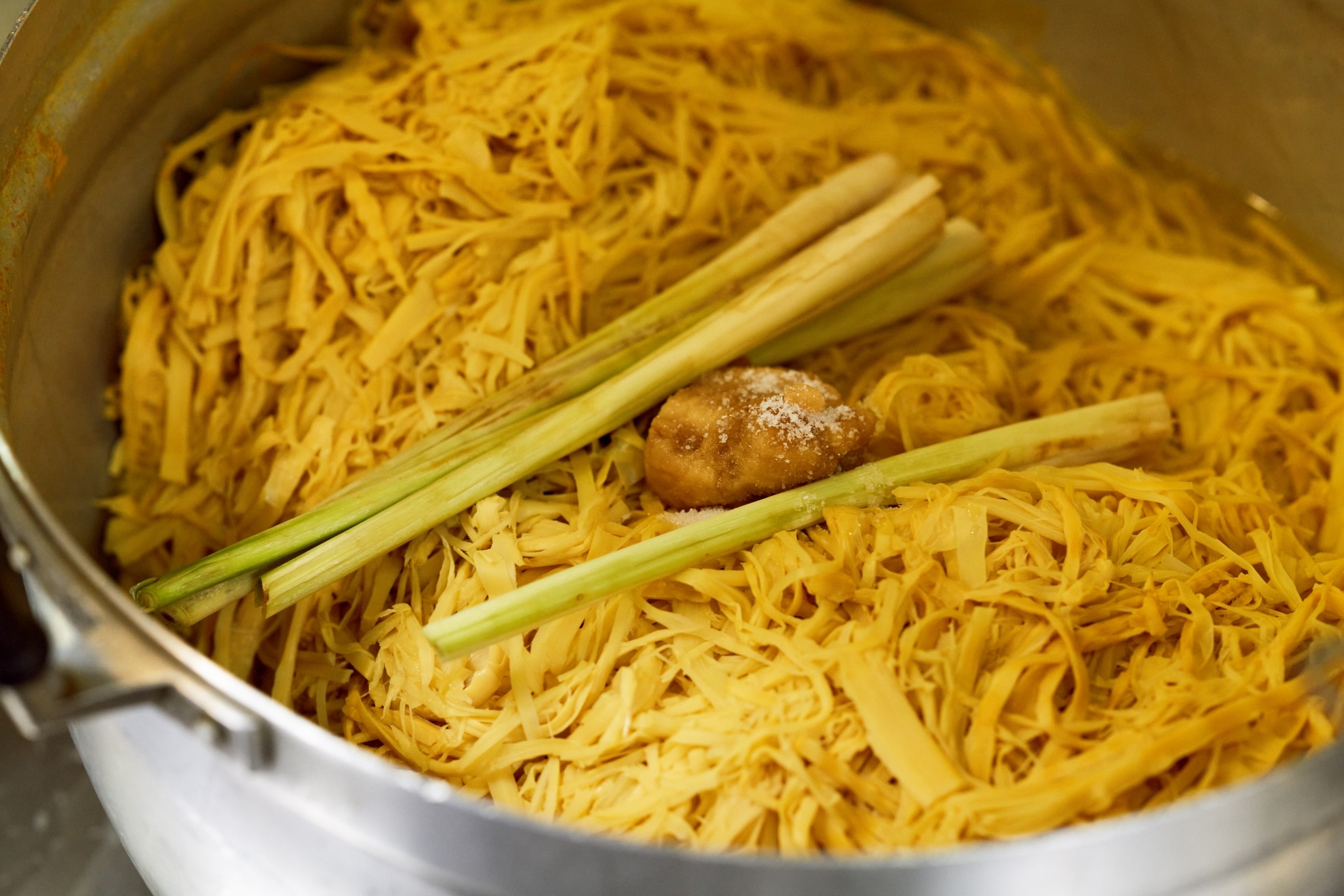

In addition, food preservation methods that require some time to process like fermentation, curing, aging, among others, can help boosting the umami taste. That is why foods and seasonings like kimchi, cheese, tofu, miso, dry-aged meat, soy sauce, fish sauce, or “Pla-ra” (fermented fish) taste indescribably delicious. Slow cooking methods like simmering or stewing also work well in intensifying savoriness of a dish.
Isaan food: Is it only MSG-delicious?
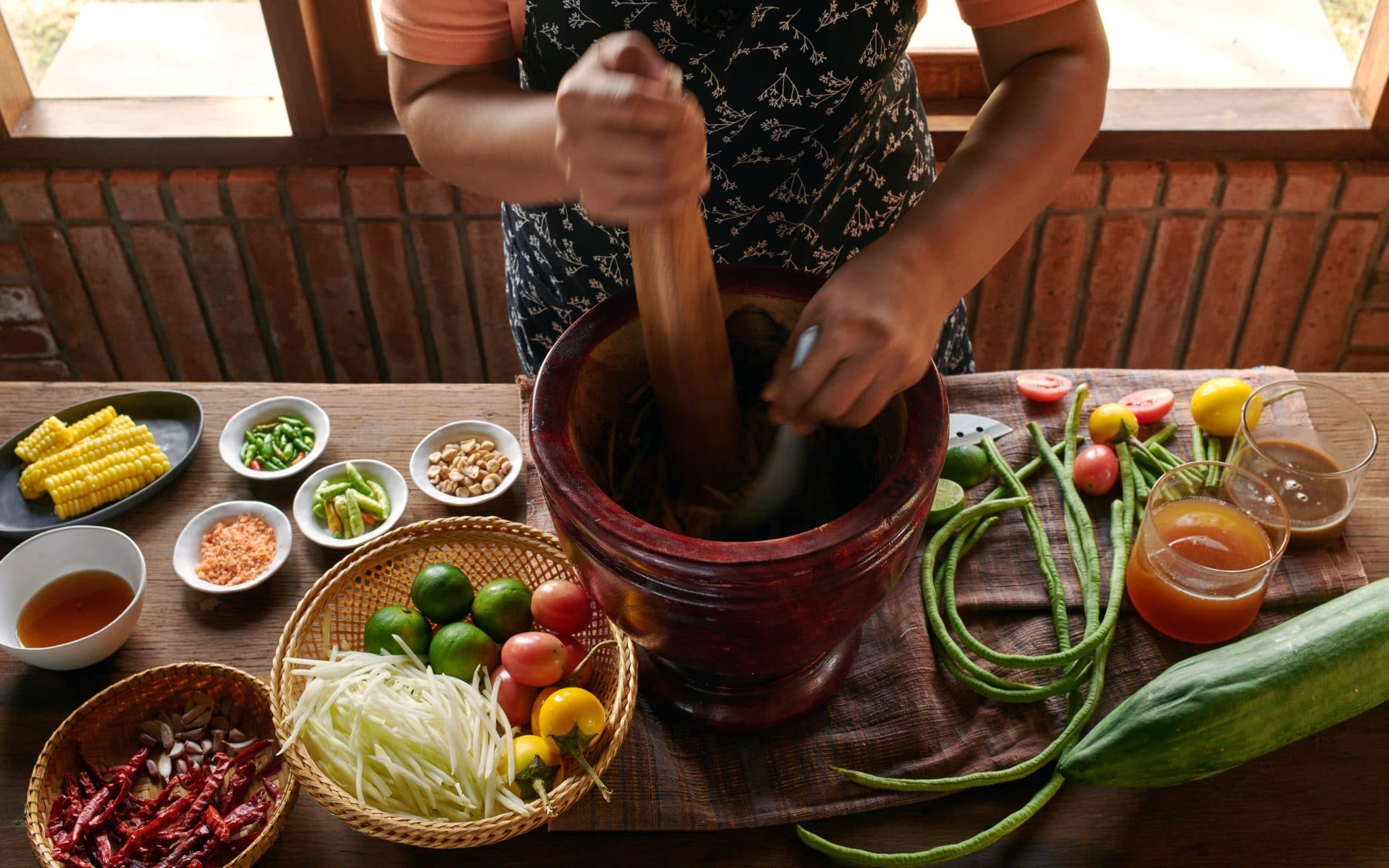
Foods of “Isaan”, the northeastern part of Thailand, are widely loved by Thai people and foreigners alike, thanks to local ingredients and wisdoms that have lived on since ancient days. Long before any scientific advancement, local people have learned how to transform ingredients at hand into culinary creations that offer both delectability and nourishment. The Isaan cooking is one of the interesting examples of using natural ingredients to enhance tastiness of each dish.
Food preservation is one of Isaan people’s significant wisdoms. With rivers cutting through the region and plentiful sources of rock salt, the local would preserve freshwater fish with salt and bran in a jar, resulting in uniquely tasty fermented fish or the famous “Pla-ra” that would become the heart of various Isaan foods. Another striking preservation wisdom is the making of “Sai Krok Isaan” (Isaan sausage)—dry fermented sausage made with ground meat and other ingredients—that can extend the shelf life while boasting satisfying piquancy.
Also, what makes the Isaan cuisine compelling is local people’s brilliant pairing of ingredients that complement one another wonderfully. For example, adding tomato into Som Tum with (or without) fermented fish, or simmering mushroom, tomato, and meat to create an alluring bowl of Tom Saab (Isaan-style spicy soup). Herbs are also added to each menu to make it even more appetizing.
Even though some people may joke that Isaan food is MSG-tasty, but the statement is not wholly true or false. Of course, there is a flavor booster in almost every dish, but it doesn’t have to be MSG, when most of the natural ingredients in a dish are already the exceptional umami enhancers themselves.
